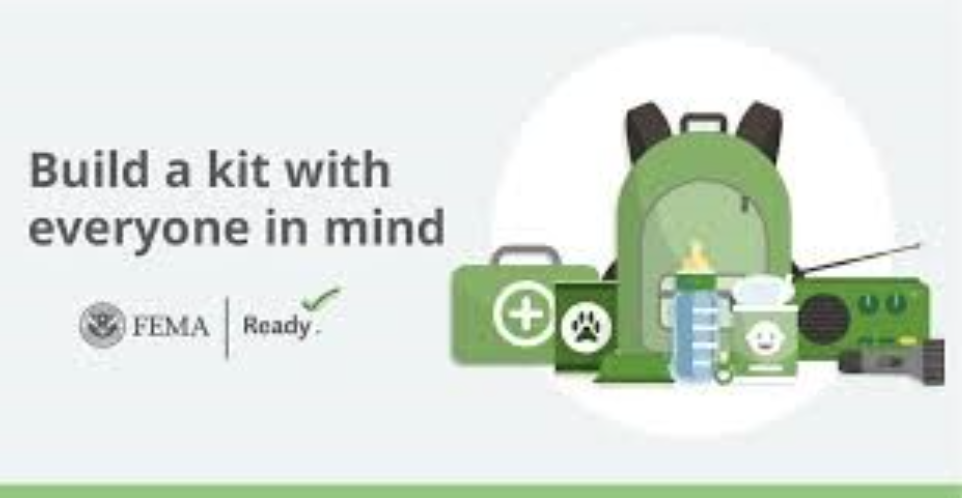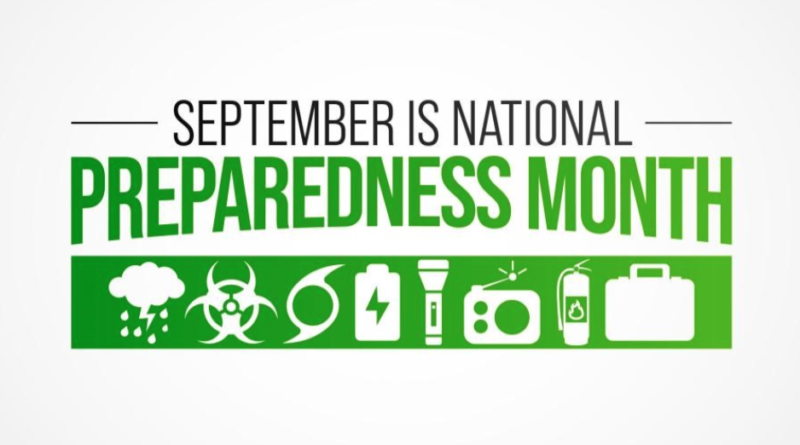National Preparedness Month
September is National Preparedness Month. How prepared are you for an emergency?
New Yorkers increasingly face greater risks from a multitude of extreme weather events and emergencies, especially if they live alone, are low-income or elderly, or have a disability.
Be Informed
- Know which disasters could affect your area that could call for an evacuation, know when to shelter in place, and plan what you need to do in either case.
- Your property manager will post notices in the lobby of your building and automated phone messages may be sent about the potential hazard with instructions on how to stay safe.
- Notify NYC, the City of New York’s official, free emergency communications program, will alert New Yorkers if there is an emergency near the area(s) of their choosing.
Know Your Zone

- If a big coastal storm or hurricane is approaching, City officials may order residents in certain zones to evacuate depending on the hurricane’s track and projected storm surge. Knowing your hurricane evacuation zone and where you can stay can prevent stress and delays if you are asked to evacuate because of an incoming hurricane or coastal storm.
- The Hurricane/Coastal Storm Evacuation Zone Finder will let you know if you’re located in a zone and will show your nearest evacuation center. You can also call 311 (212-639-9675 for Video Relay Service, or TTY: 212-504-4115) to find out if you live in a zone. You should plan to stay with family or friends who live outside of the evacuation zone if possible, and take public transit to avoid traffic. Remember, all legal pets are accepted at NYC’s shelters. If you need assistance with evacuating because of a mobility impairment, you can call 311.
Plan Ahead
- Put together a “go bag” in case you need to evacuate in a hurry. Include food, water, clothing, and other items that meet your individual needs (such as medicines, medical supplies, batteries, and chargers). Also include copies of Medicaid, Medicare, and other insurance cards.
- Assemble an emergency supply kit in case you need to shelter at home. Include enough food and water for your entire household (including pets) to last for several days. This should also include emergency cash, as ATM, debit, and/or credit cards may not work.

- Plan for your communication needs by establishing an out-of-area point of contact that your family can call or text during an emergency.
- Have a family communication plan in place; all members of the family should review and practice the plan. Click here for a form you can use to plan how you will communicate with family during an emergency.
- It’s helpful to have at least one family member who knows how to administer CPR. You can learn more here: first aid and CPR.
- Determine any special assistance you may need and include plans for that assistance in your emergency plan. Click here for information about planning for people with disabilities.
- Create a support network of family, friends, neighbors, and others who can assist you during an emergency.
Stay Informed
- One of the best ways to be prepared for an emergency is to stay informed. In addition to the resources below, you can stay informed by watching local news and weather on TV or listening to local radio.
- Register for emergency notifications by getting the free Ready NYC mobile application for Apple and Android, which allows you to make and store an emergency plan on your mobile device, and share your plan with your support network.
- You can also visit NYC.gov/notifyNYC, contact 311 (212-639-9675 for Video Relay Service, or TTY: 212-504-4115) or follow @NotifyNYC on Twitter. (Notify NYC messages are available through many formats, including email, text messages, telephone, the Notify NYC website, RSS, Twitter/X, and American Sign Language videos).
Visit New York City’s National Preparedness Month page at nyc.gov/npm for more resources to help you prepare this month, and all year round!
For more information on preparedness, visit ready.gov or nyc.gov/readyny.

